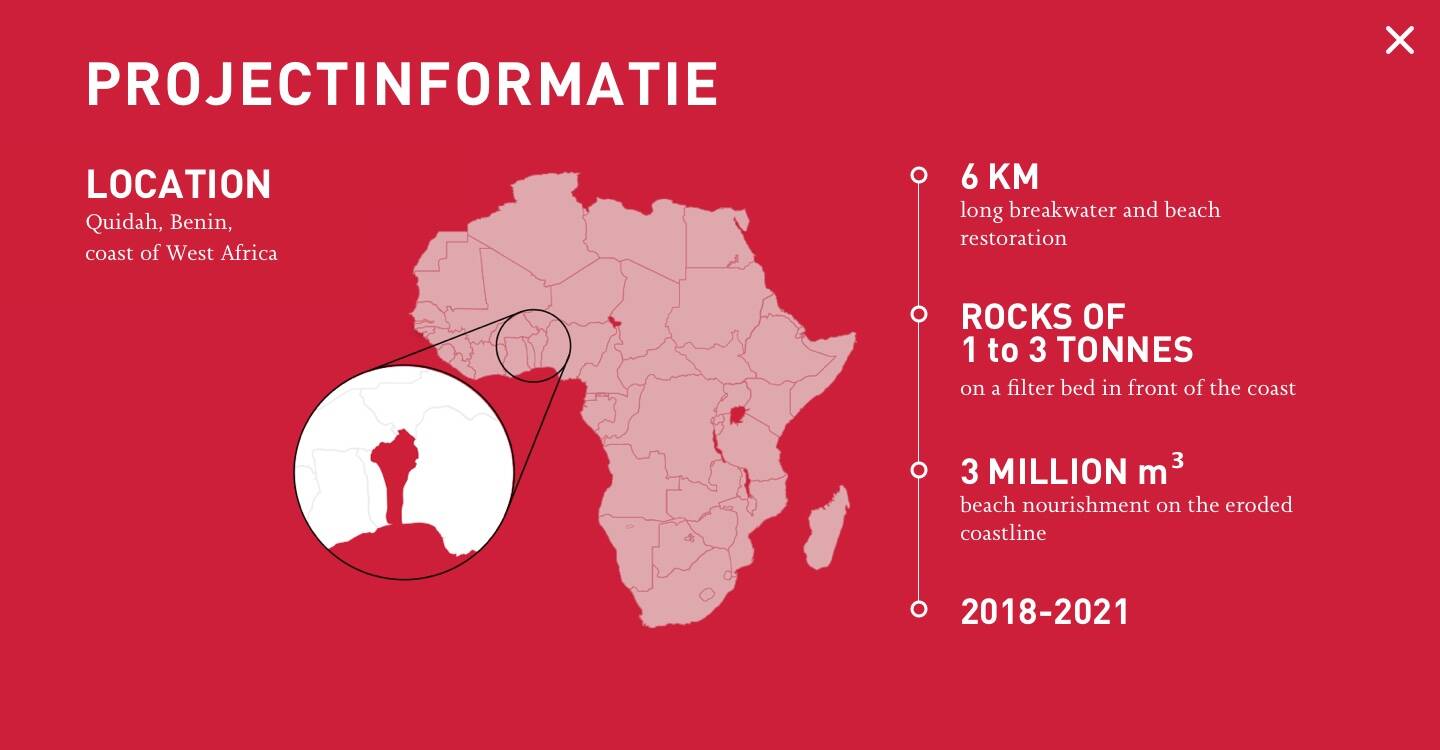SUPPORTING PORT OF OSTEND’S GROWTH
close-up

Both the port and
the city will benefit!
Our project is part of a large investment programme by the government of Flanders to protect the city of Ostend from flooding and to support and optimize the port’s growth. It is the final piece of maritime development of the Flemish integrated plan for coastal defence and maritime accessibility of Ostend.
The port will soon be open for vessels of up to 200 metres. Large jumbo ferries, cruise vessels, cargo vessels and offshore installation vessels will be able to enter and moor.
In the course of 2021, the eastern bank of the port will be further developed to complete the city’s green belt, a car-free cycling route connecting all green areas around Ostend. This new nature reserve of 1.2 hectares of dunes around the lighthouse will offer a safe place to various protected bird species and plants. This project shows that nature and human-made constructions can blend well.
What is a combi-wall?
A combi-wall is an earth-retaining wall that increases the bearing strength of a construction. Steel tubular pipes are driven into the soil, supported by sheet piles in between. The wall is stabilized with horizontal struts or anchors in the soil behind it.
In Antwerp, we used combi-walls to build the heaviest quay wall ever in Belgium.
Project Manager
Bert Vanmassenhove takes you on a tour.

Wondering how we performed the works?


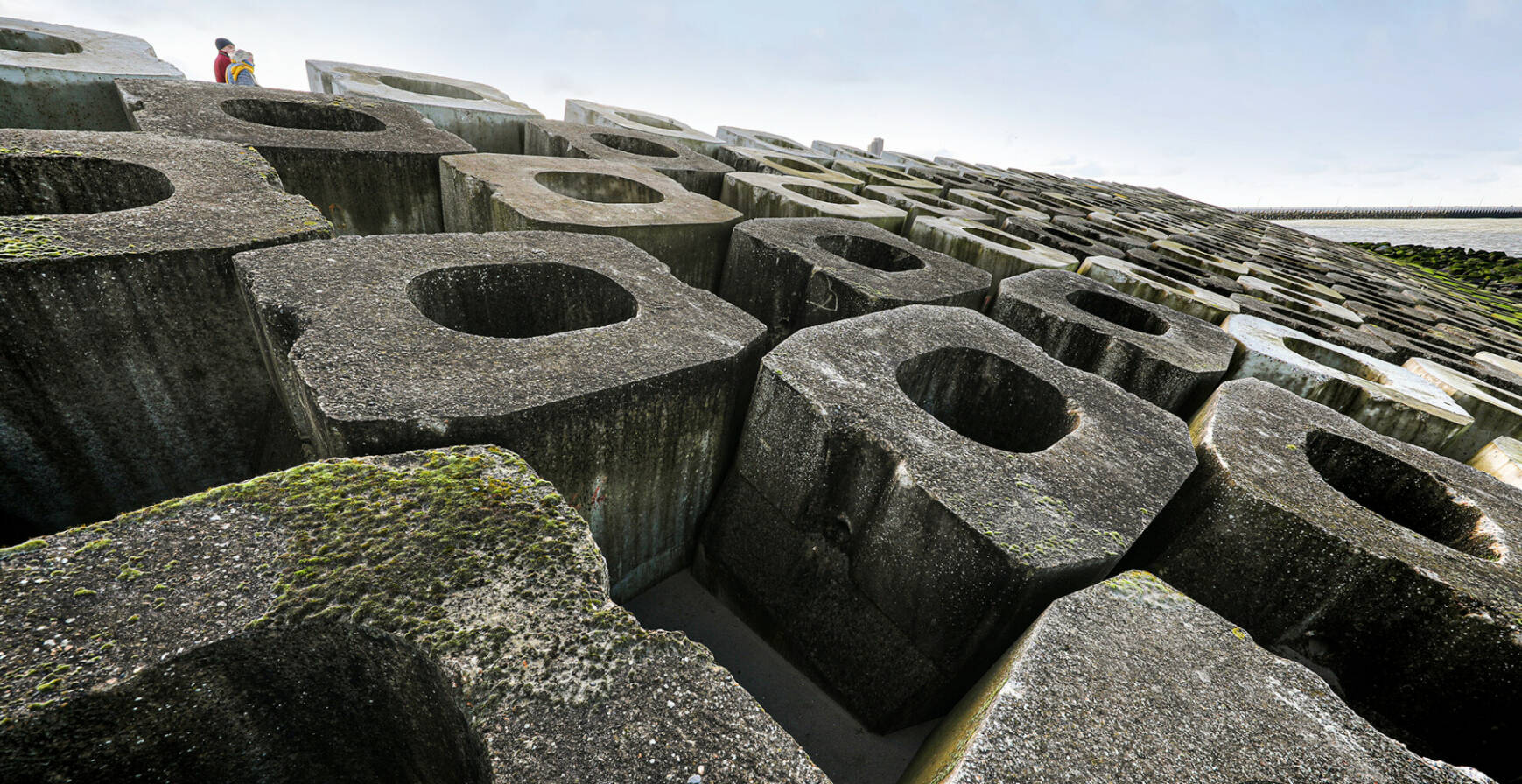

LOOKING FOR A PARTNER TO HELP BUILD YOUR PROJECT?
Contact our Commercial Director at Soetaert
Eric Leemans

A long stretch of beach, an airport and a flourishing port. The city of Ostend has it all. To protect the city from flooding and to optimize the port’s growth, Jan De Nul, Soetaert and other partners expanded the access channel and strengthened the slopes. Now the port can develop into a hub for vessels of up to 200 metres. Discover the techniques and material we have used for this project.
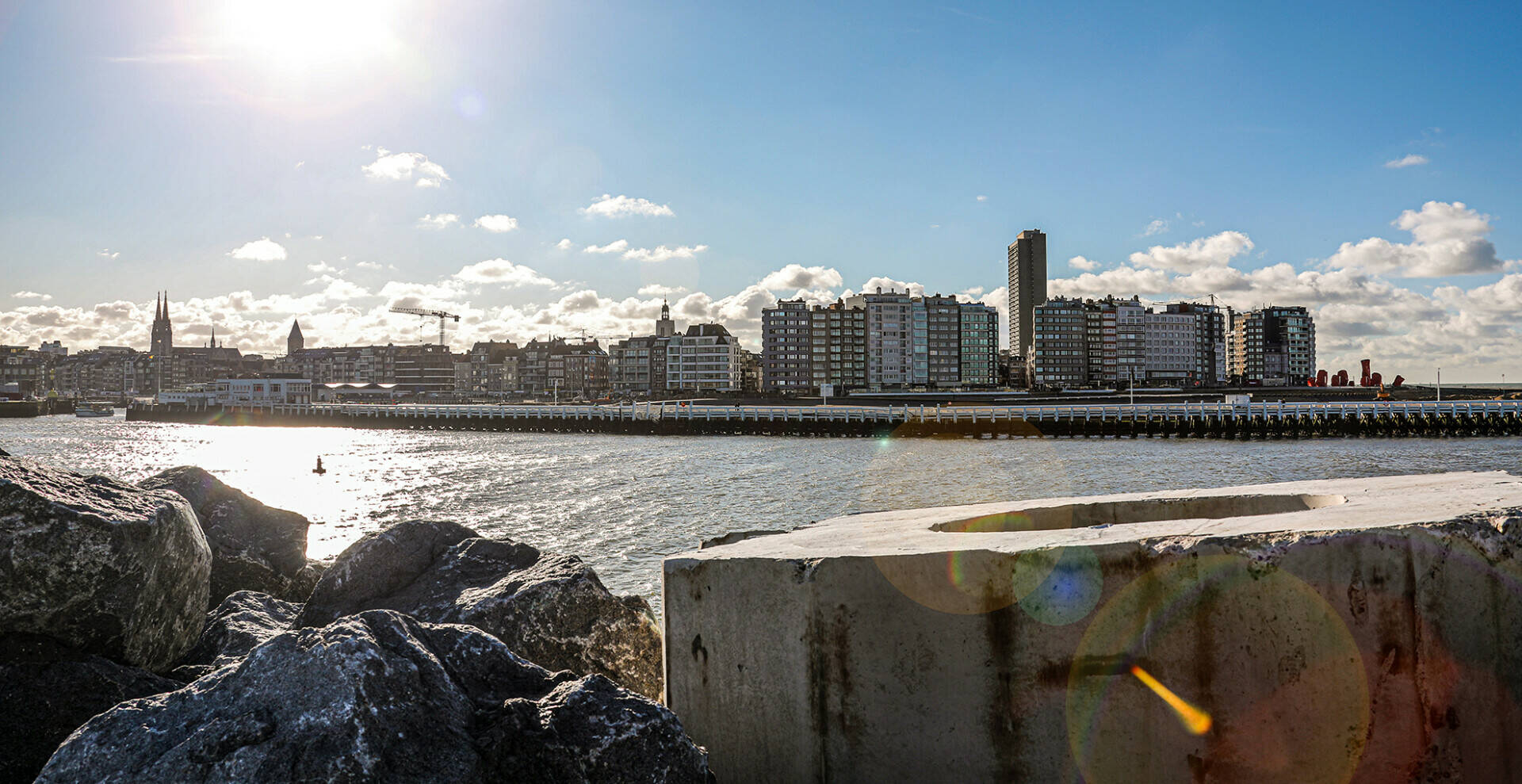

SUPPORTING PORT OF OSTEND’S GROWTH
close-up
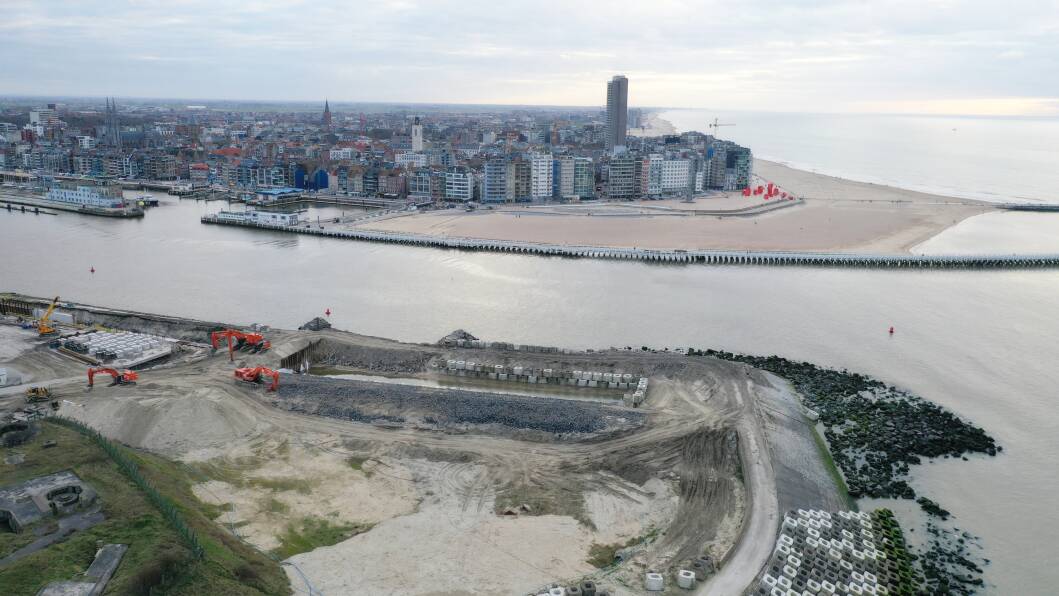
LOOKING FOR A PARTNER TO HELP BUILD YOUR PROJECT?
Contact our Commercial Director at Soetaert
Eric Leemans


A long stretch of beach, an airport and a flourishing port. The city of Ostend has it all. To protect the city from flooding and to optimize the port’s growth, Jan De Nul, Soetaert and other partners expanded the access channel and strengthened the slopes. Now the port can develop into a hub for vessels of up to 200 metres. Discover the techniques and material we have used for this project.
A combi-wall is an earth-retaining wall that increases the bearing strength of a construction. Steel tubular pipes are driven into the soil, supported by sheet piles in between. The wall is stabilized with horizontal struts or anchors in the soil behind it.
In Antwerp, we used combi-walls to build the heaviest quay wall ever in Belgium.

Both the port and
the city will benefit!
Our project is part of a large investment programme by the government of Flanders to protect the city of Ostend from flooding and to support and optimize the port’s growth. It is the final piece of maritime development of the Flemish integrated plan for coastal defence and maritime accessibility of Ostend.
The port will soon be open for vessels of up to 200 metres. Large jumbo ferries, cruise vessels, cargo vessels and offshore installation vessels will be able to enter and moor.
In the course of 2021, the eastern bank of the port will be further developed to complete the city’s green belt, a car-free cycling route connecting all green areas around Ostend. This new nature reserve of 1.2 hectares of dunes around the lighthouse will offer a safe place to various protected bird species and plants. This project shows that nature and human-made constructions can blend well.
Project Manager
Bert Vanmassenhove takes you on a tour.

Wondering how we performed the works?


What is a combi-wall?

